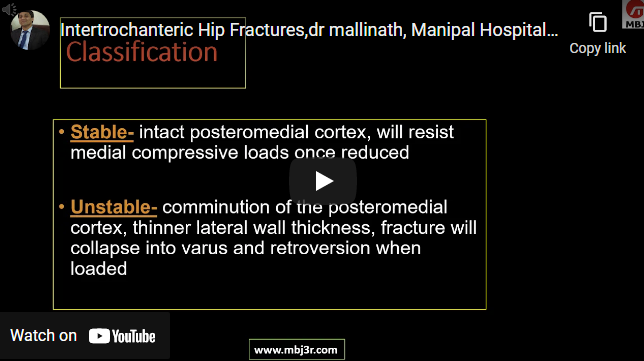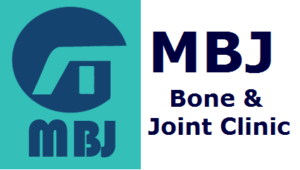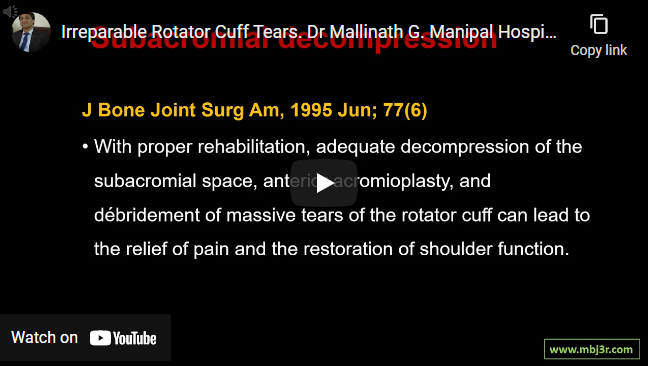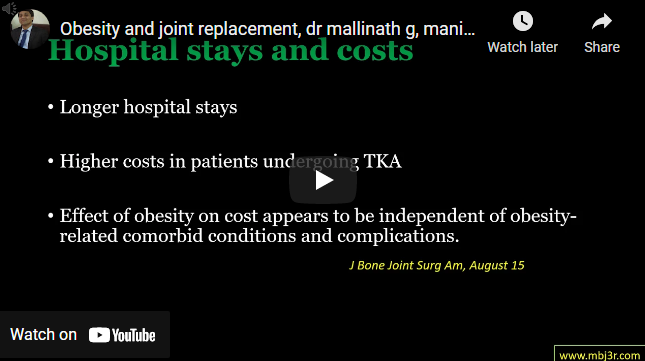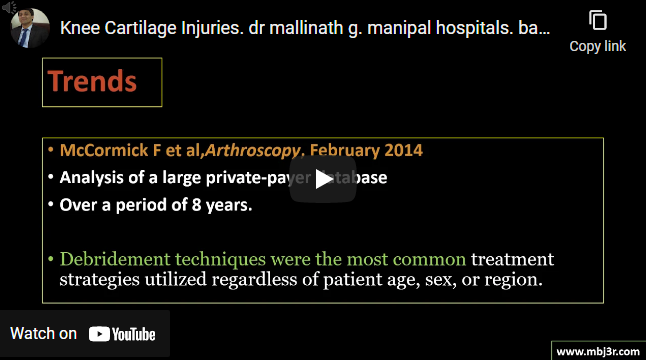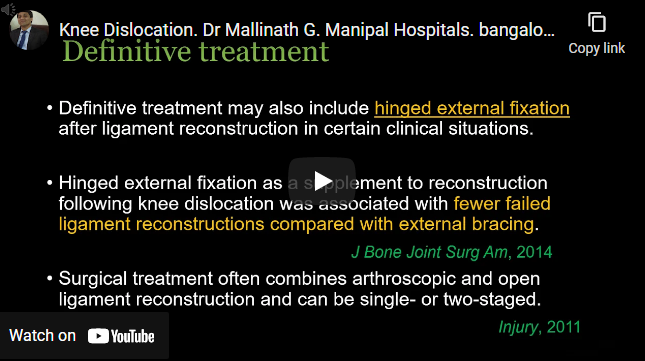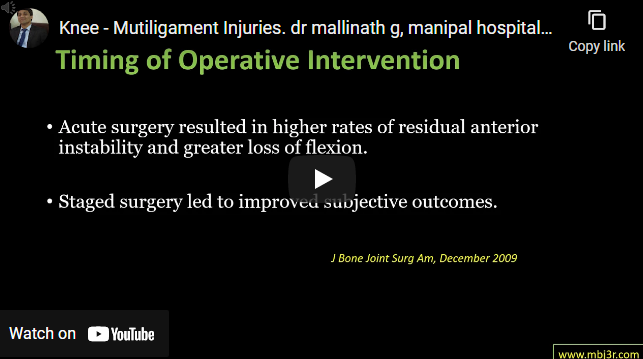Older – low energy falls in osteoporotic patients 20-30% mortality risk in the first year following fracture Classified into stable and unstable fracture types Operative treatment modalities include Sliding hip compression screw, Intramedullary hip screw (cephalomedullary nail) and Arthroplasty Sliding hip screw used in simple stable fracture patterns with intact lateral cortex Intramedullary nails indicated for unstable variants Severely comminuted and…
